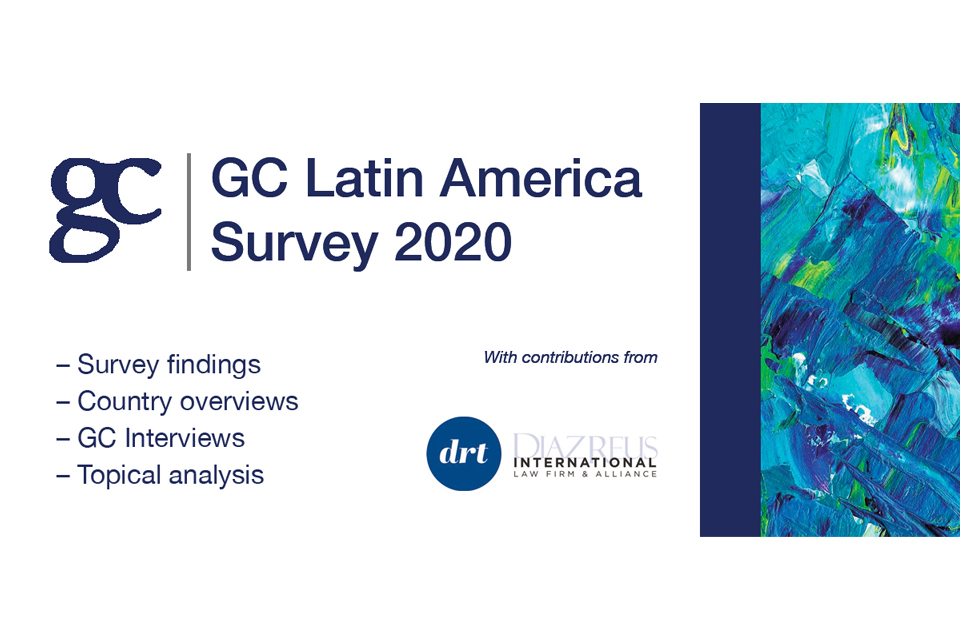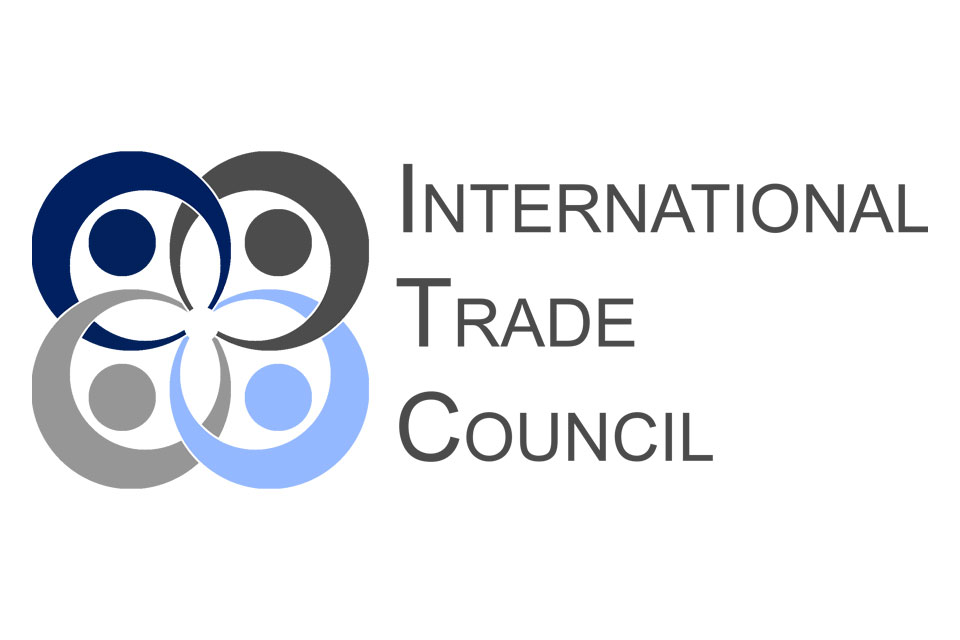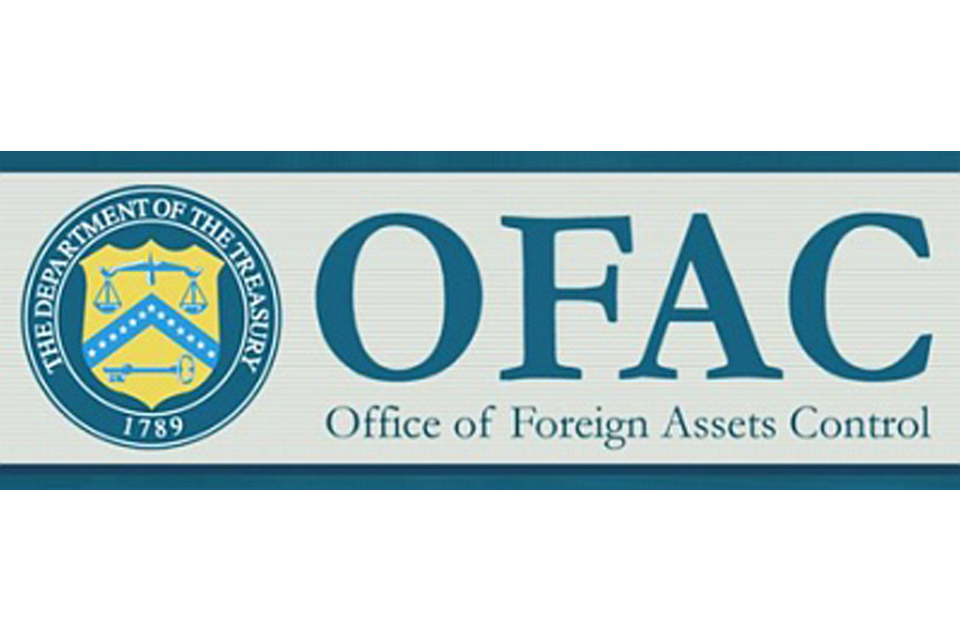On November 12, 2011, leaders of the nine Trans-Pacific Partnership countries – Australia, New Zealand, Malaysia, Vietnam, Singapore, Brunei, Peru, Chile and the United States – announced that they haD reached initial consensus on drafting an ambitious, 21st-century Trans-Pacific Partnership (TPP) agreement that will enhance trade and investment among the TPP partner countries. The TPP Agreement will tackle new cross-cutting issues not included in previous trade agreements, such as making the regulatory systems of TPP countries more mutually compatible so companies can operate more seamlessly in TPP markets, create more jobs, and become more active participants in international commerce.
At the Asia-Pacific Economic Cooperation (APEC) summit in Hawaii, both Canada and Mexico – signatories to the North American Free Trade Agreement (NAFTA) – announced their intention to join fellow NAFTA member, the United States, along with other non-member countries, in establishing the so-called “NAFTA of the Pacific”.
Representatives from the nine countries that comprise this new Trans-Pacific Partnership (TPP), which include the United States, Australia, New Zealand, Malaysia, Vietnam, Singapore, Brunei, Peru and Chile, met at the APEC summit to establish the terms of a free trade agreement. The formation of the TPP is considered a landmark, setting into place various innovative standards that will govern the future course of global trade. In sum, the TPP would provide comprehensive market access to its participants, and facilitate the development of more efficient production and supply chains among its members.
Significantly, Japan – the world’s third largest economy behind China and the United States – has also expressed interest in being part of the TPP. Membership in this new trade bloc is also open to any other country that wishes to contribute to the development of an Asia-Pacific free trade zone. Japan’s desire to participate in the TPP has enlivened other countries that are already part of the trade agreement. U.S. Trade Representative Ron Kirk, for example, has stated that Japan’s interest in being part of the TPP is evidence of a much greater, collective desire to achieve economic integration in the Pacific Rim.
Members’ voluntary elimination of existing trade barriers is one of the TPP’s key characteristics. Canada, for example, has not yet become a TPP member, purportedly because the TPP signatories are concerned about its agricultural policy, specifically on dairy. Canada not only sets a quota for production of dairy, egg, and poultry by its farmers, but also protects its farmers with stiff import tariffs. Canada follows the “supply management” theory, which is wholly inconsistent with tariff elimination.
New Zealand’s Trade Minister, Tim Groser, has announced that applications of countries wishing to join the trade agreement will be strictly reviewed. Applicants must commit themselves to the complete elimination of import tariffs and other trade barriers. According to Representative Kirk, the U.S. government is committed to discussing the TPP’s standards for liberalizing trade, as well as other topics of relevant concern, with Congress and domestic shareholders. Discussions will include protection of intellectual property rights, elimination of non-tariff trade barriers, and additional export opportunities for U.S. goods and services.
The TPP agreement has five key features that will make it a true “twenty-first century trade agreement.” First, the agreement seeks to eliminate tariffs and other barriers, which will create new opportunities for workers, business and end-consumers. Second, as a regional agreement, the TPP will enhance industrial productivity among its members, which will in turn generate jobs, raise living standards, and improve social welfare in TPP member states. Third, the TPP will promote regulatory coherence, competitiveness and business facilitation, comprehensive market liberalization, and improvements in trade and investment discipline among its member states. Fourth, the TPP agreement will promote innovate products and services related to the information and green technology economic sectors in the region. Finally, the TPP agreement will be flexible enough such that it can be updated, as appropriate, to address issues that are likely to emerge in the future.
The TPP agreement promises to create jobs, stimulate economic growth, promote regional integration, and double exports among its members. Some critics view the TPP as a futile, misguided attempt to pressure China into further opening its markets. What effect this “NAFTA of the Pacific” may have on China, if any, remains to be seen. However, TPP member states are confident that the agreement will boost the economic competitiveness of its signatories in an increasingly hostile global economic climate.




































































































































































































































